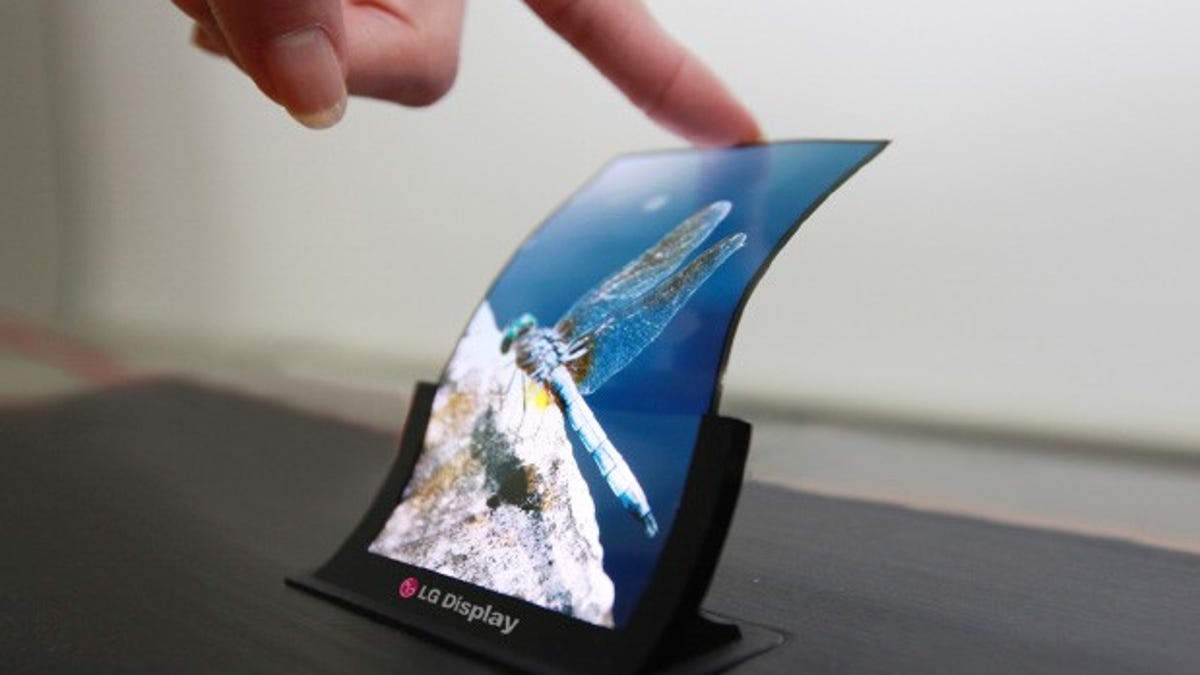Samsung's teased curved phone may not be what you think
Can't wait to own a phone you can bend? Hold your horses. That technology isn't here quite yet.

If Samsung's reveal of a forthcoming smartphone with a curved screen sends shivers down your spine and visions of bendable handsets dancing through your head, you may want to rein in your excitement.
While Samsung (and LG and Nokia and Apple) are all experimenting with kinetic displays that move when you bend them, you should prepare yourself for this phone to feature a contoured display instead.
The difference? A screen whose glass topper has been molded in a subtle stationary arc, rather than one you can wiggle.
There's very definitely a precedent for curved displays that give your phone face a slight smile. Samsung's own Galaxy Nexus S had one, and so does the in-development YotaPhone, which uses formed Gorilla Glass 3 as its cover glass material.
Since Samsung already knows how to do shallow screen contours, it's likely that this new device, slated for an October unveiling, will return to the theme of fitting its face to your cheek. In addition to curved displays being more comfortable to hold up to your ear for longer conversation (yes, some of us still do that), the design also serves an aesthetic purpose of standing out among competitors, and encouraging more contours in other parts of the phone. In other words: no more boring box of a phone.
And as for truly flexible displays? They're still a ways off. Creating molded glass is one thing, but manufacturing materials both flexible enough and strong enough to move without breaking is a major feat.
Even the pliable Corning Willow Glass isn't the whole solution, especially since it's meant to go underneath display material (like AMOLED or LCD) and not on top.
The bottom line is this: there are still major hurdles in engineering and materials that the industry needs to clear before we start seeing smartphones that bend when you do.

